AMD unveils 'Shanghai' Opteron
“Shanghai heals the wounds of Barcelona”, claims AMD as company promises to hit the ground running with its next-gen Opteron processor for servers.
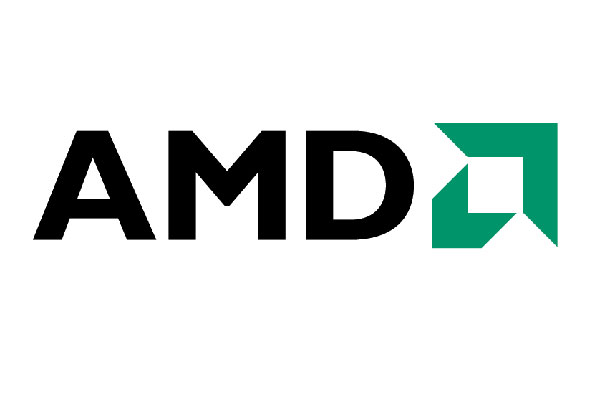

AMD has introduced its next generation Opteron processor, codenamed 'Shanghai'.
The company claims the new quad-core part offers up to 35 per cent more performance than the previous 'Barcelona' at the same power envelope and price point, and 20 per cent faster clock-for-clock. It is pin compatible with previous generations chipsets, retaining Socket F compatibility.
At a pre-briefing, Pat Patla, director of AMD's workstation and server divisions, told IT PRO, that the unveiling of Shanghai would be very different to last year's Barcelona launch, which was hit by major delays due to the initial spin containing a error.
"Barcelona was not a timely launch, and it had a lot of features," Patla admitted, implying that the design was too much for AMD to get right at first hit.
"[Therefore] in January, we made sure we didn't have another Barcelona," Patla said, observing that the "heavy lifting" AMD had done with the Barcelona made the transition to Shanghai easier.
"Shanghai healed the wounds of Barcelona," he said, proudly making the claim that Shanghai was, "the fastest ramping product in Opteron history". He said this was achieved by reducing tape-outs, where designs of the processor are sent to manufacture.
Five versions are appearing at launch ranging from 2.3GHz up to 2.7GHz. The former will cost $377 in trays of 1,000, while the top-end part will cost $989. However, Patla said that AMD believed that it had been aggressive with pricing. However, he also candidly admitted that, "nobody buys our high-end parts".
Get the ITPro daily newsletter
Sign up today and you will receive a free copy of our Future Focus 2025 report - the leading guidance on AI, cybersecurity and other IT challenges as per 700+ senior executives
Each of the parts released today has a 75W TDP, but 55W and 105W variations are due to follow early next year.
For Shanghai, Level 3 cache has been increased to 6MB, up from 2MB, while system memory and the integrated memory controller talk to each other via AMD's HyperTransport technology, delivering up to 17.6GB/s, using 800MHz DDR2 memory.
Patla said the new processor had been designed with virtualisation applications in mind, a use that has increasing importance in the current economic climate, as companies looked to reduce power consumption.
Delving into the architecture of the chip, Patla stated that the reason for Shanghai's suitability for virtualisation was down to AMD's Rapid Virtualization Indexing (RVI) technology and the presence of Enhanced Tagged TLB's (Translation Lookaside Buffers). TLB's are areas of fast cache memory of the processor that are used to store virtual addresses, used frequently by virtual machines.
"It's no secret that we work closely with VMWare," Patla admitted. He also claimed though that Microsoft's Hyper-V platform ran 12 per cent quicker on AMD, compared to Intel.
Patla also made the surprising revelation that Microsoft's cloud computing project Azure was developed exclusively on AMD hardware, due to what he claimed was AMD's superiority when dealing with Nested Page Tables, a core feature of virtualisation.
Other key technologies Patla highlighted was the use of Immersion Lithography, which enabled AMD to get to a 45nm manufacturing process, the yields from which Patla said AMD was very happy with.
It also enables Shanghai to deliver its increased performance per watt and up to 35 per cent lower idle power compared to its predecessor. In addition Smart Fetch technology was highlighted as delivering up to 21 per cent power savings, through more efficient use of the cache.
Patla said that the benefits of the new architecture were highlighted by benchmark results, claiming record-setting Java performance with the 2.7GHz Shanghai part up against a 3GHZ Intel E5450 HarperTown' Xeon, while also beating it for floating-point and memory bandwidth.
At launch AMD said that "Shanghai ready platforms would be available from Dell, HP, Sun, IBM, Fujitsu Siemens and Cray".
Benny Har-Even is a twenty-year stalwart of technology journalism who is passionate about all areas of the industry, but telecoms and mobile and home entertainment are among his chief interests. He has written for many of the leading tech publications in the UK, such as PC Pro and Wired, and previously held the position of technology editor at ITPro before regularly contributing as a freelancer.
Known affectionately as a ‘geek’ to his friends, his passion has seen him land opportunities to speak about technology on BBC television broadcasts, as well as a number of speaking engagements at industry events.
-
 Cleo attack victim list grows as Hertz confirms customer data stolen
Cleo attack victim list grows as Hertz confirms customer data stolenNews Hertz has confirmed it suffered a data breach as a result of the Cleo zero-day vulnerability in late 2024, with the car rental giant warning that customer data was stolen.
By Ross Kelly
-
 Lateral moves in tech: Why leaders should support employee mobility
Lateral moves in tech: Why leaders should support employee mobilityIn-depth Encouraging staff to switch roles can have long-term benefits for skills in the tech sector
By Keri Allan
-
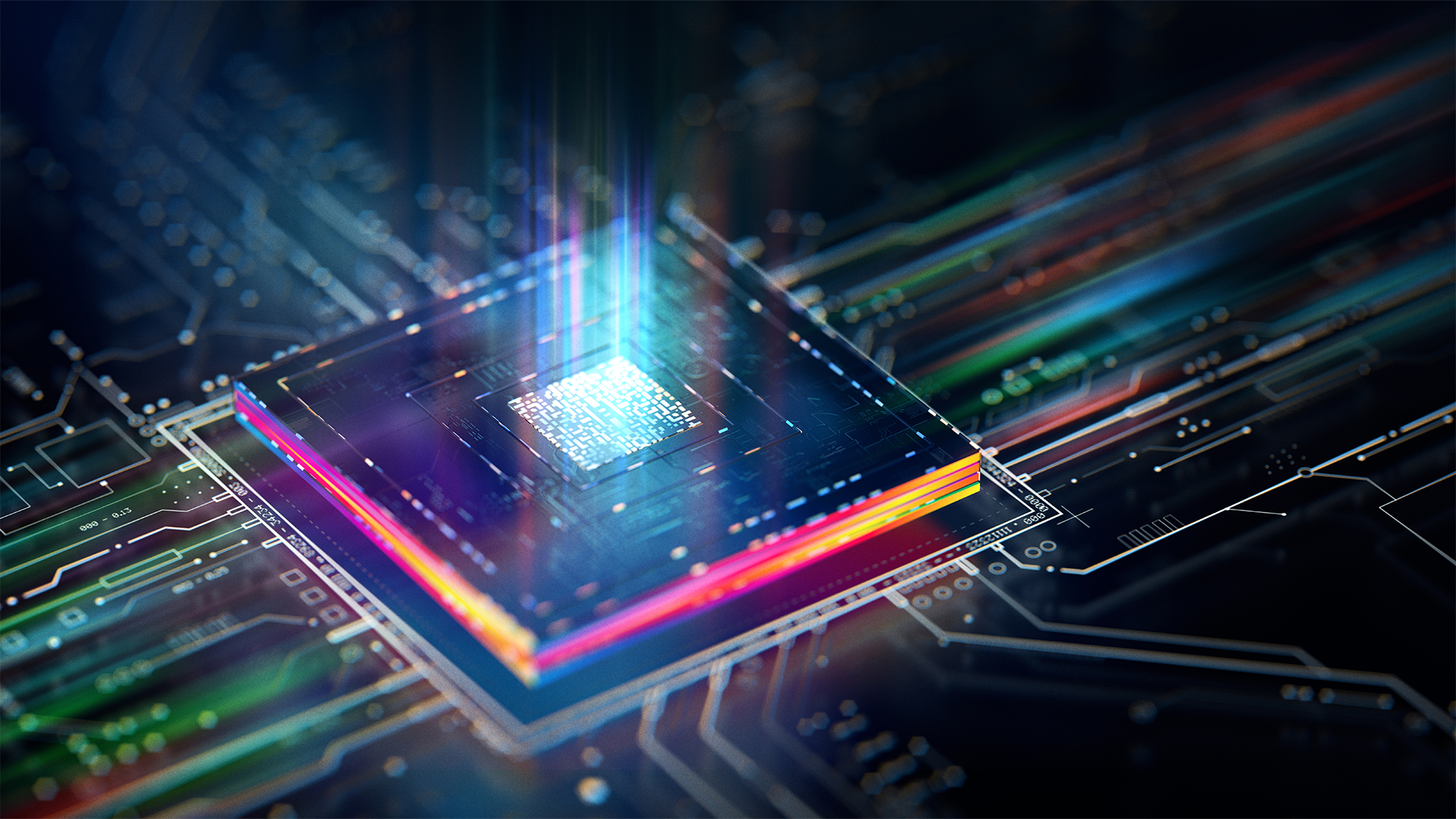 Why the CPU you chose is the key to Windows 11
Why the CPU you chose is the key to Windows 11The end of Windows 10 is on the horizon – it’s time to upgrade to an fTPM-protected processor
By Bobby Hellard
-
 AMD and Intel’s new x86 advisory group looks to tackle Arm, but will it succeed?
AMD and Intel’s new x86 advisory group looks to tackle Arm, but will it succeed?News The pair will look to make x86 CPU architecture more interoperable
By George Fitzmaurice
-
 AMD’s patient roadmap has become a highway to success
AMD’s patient roadmap has become a highway to successAnalysis While everyone was focused on Nvidia’s meteoric rise, AMD was preparing the hardware needed to take the fight to its long-time competitor
By Ross Kelly
-
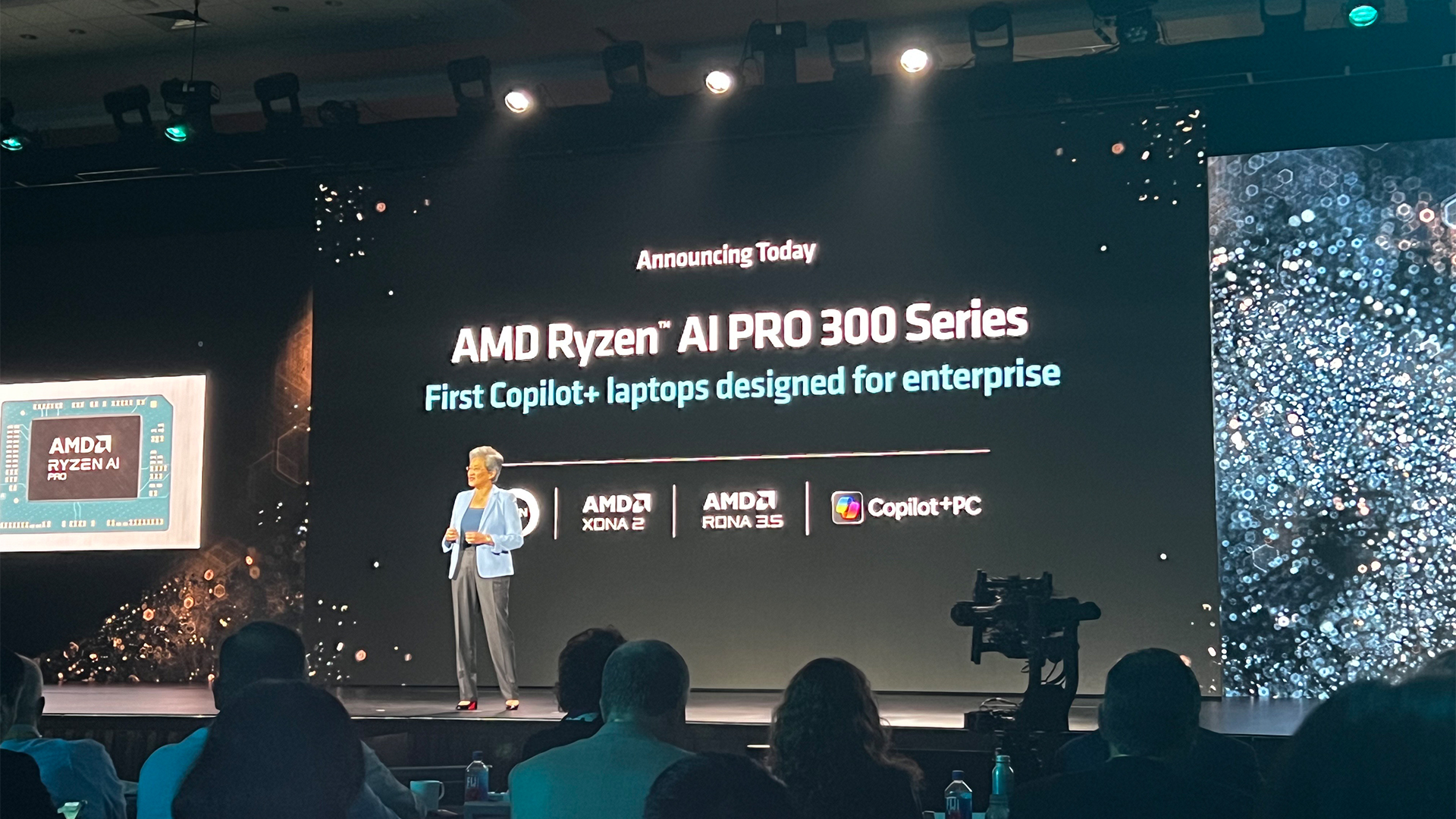 AMD just made a big statement in the AI PC race with its Ryzen AI Pro 300 series processors
AMD just made a big statement in the AI PC race with its Ryzen AI Pro 300 series processorsNews With all eyes focused on the AI PC craze, AMD looks to one-up the competition
By Ross Kelly
-
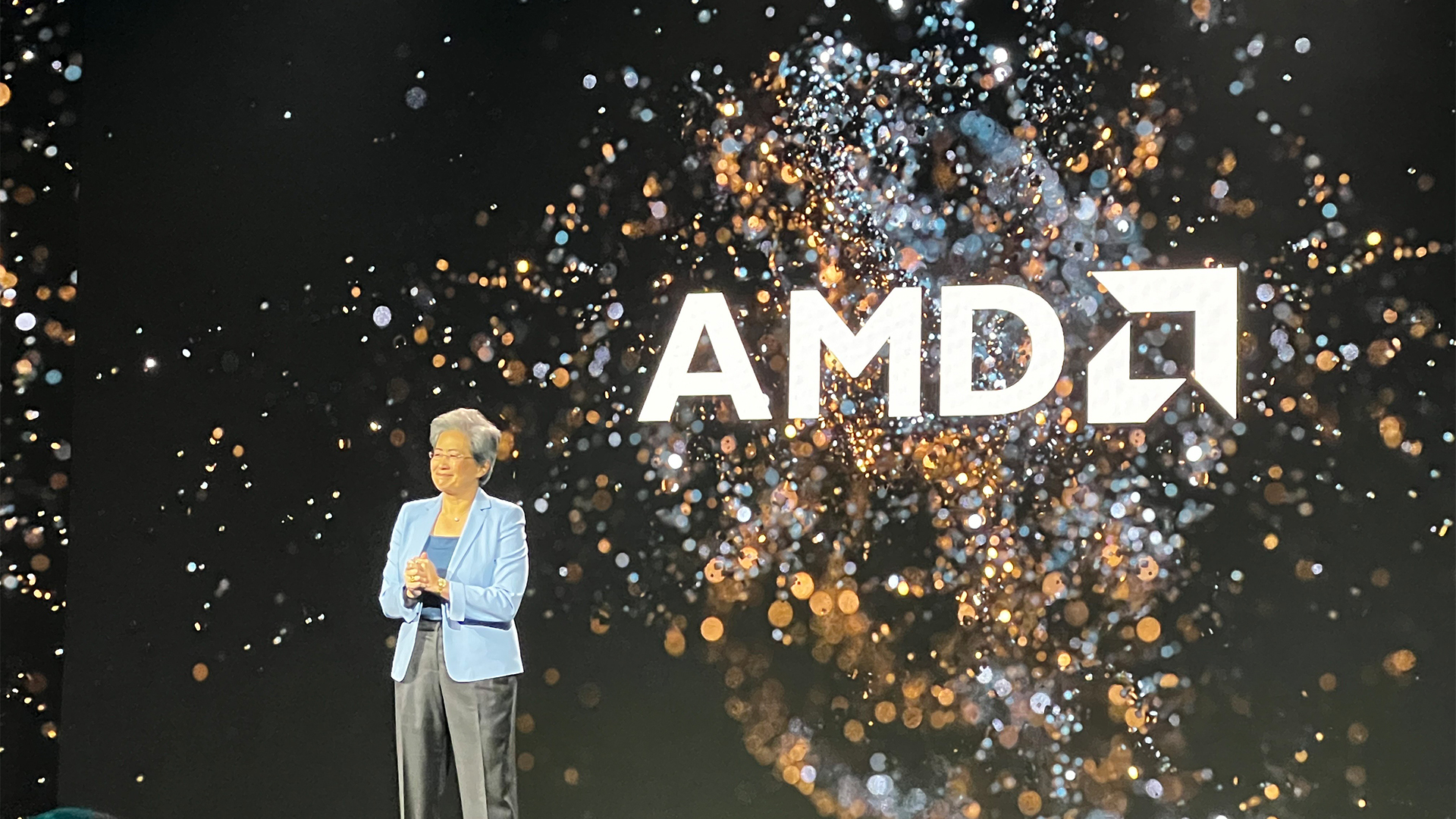 AMD’s new Instinct GPUs might just blow Nvidia out of the water
AMD’s new Instinct GPUs might just blow Nvidia out of the waterNews The chip maker unveiled its newest Instinct GPU series in San Francisco today – and it’s very bullish on performance in the race with Nvidia
By Ross Kelly
-
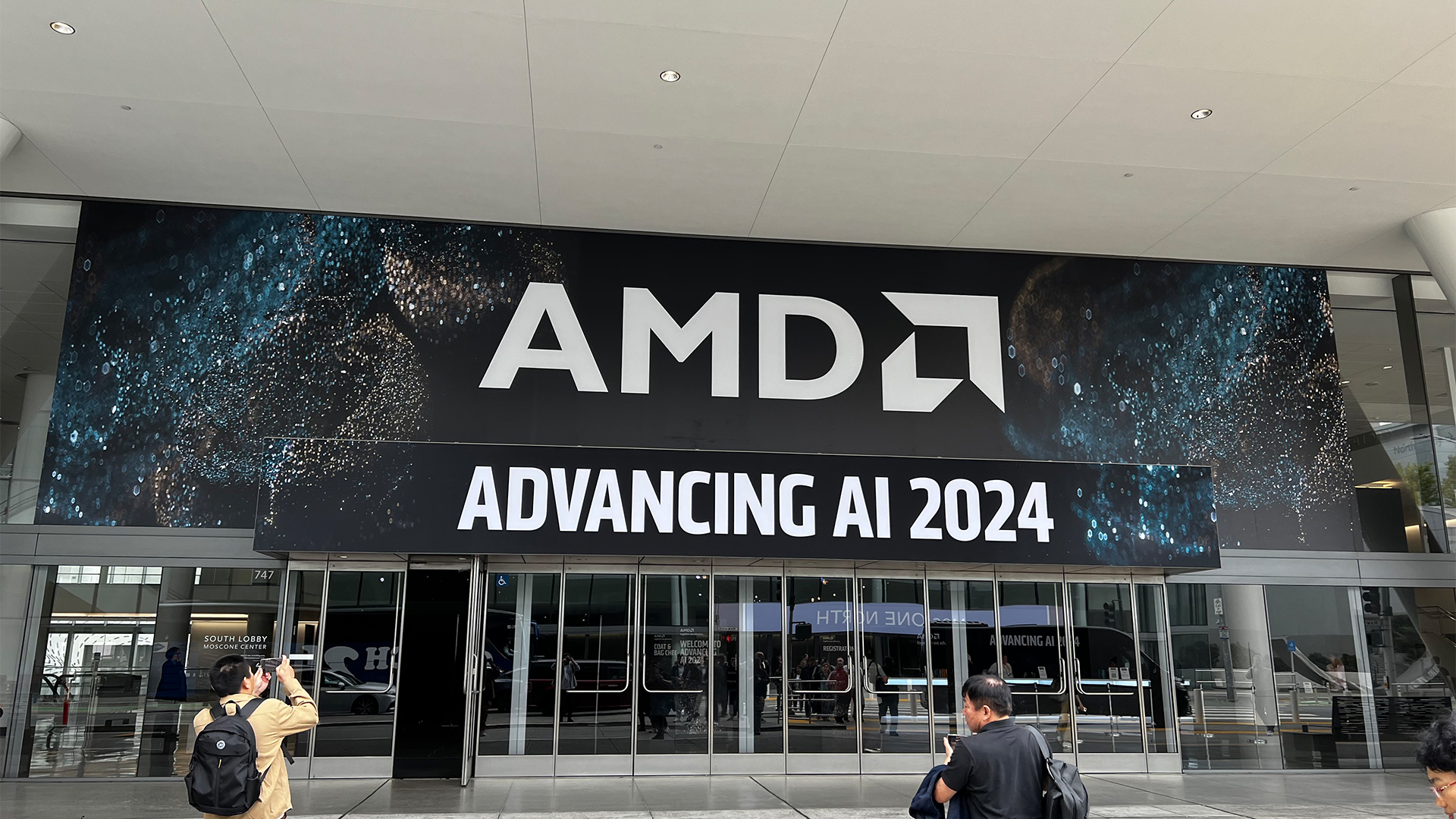 AMD Advancing AI live: All the news and updates as they happened
AMD Advancing AI live: All the news and updates as they happenedLive Blog ITPro has been live on the ground at the AMD Advancing AI conference in San Francisco this week – here's everything we learned in the big keynote with CEO Lisa Su
By Ross Kelly
-
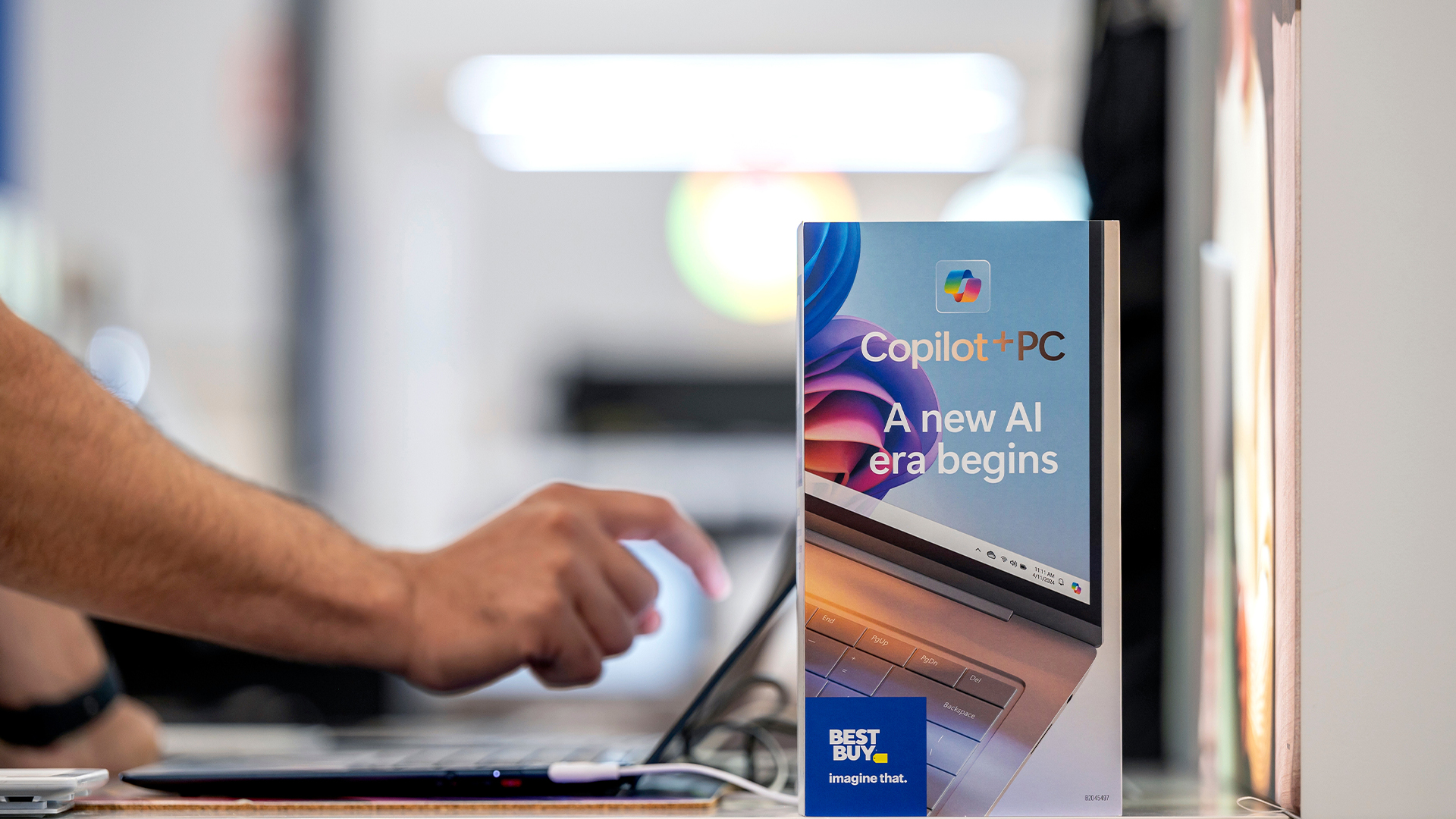 Why the world is about to be swamped with AI PCs
Why the world is about to be swamped with AI PCsNews With adoption rates set to surge, AI PCs will become far more mainstream in years to come
By Nicole Kobie
-
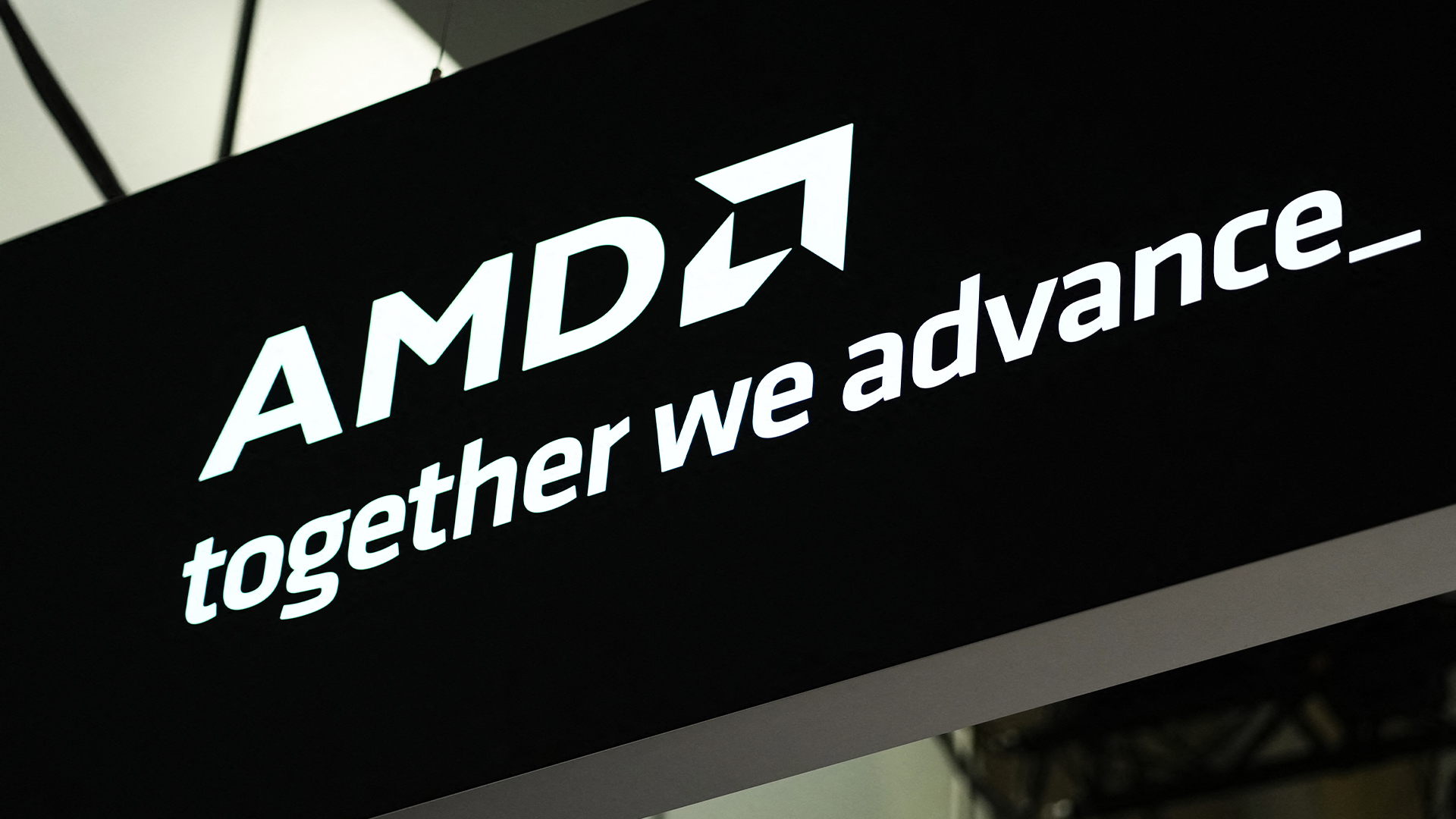 AMD expands CPU portfolio with new EPYC 4004 Series
AMD expands CPU portfolio with new EPYC 4004 SeriesNews AMD has released its new EPYC 4004 Series processors to power entry level system designs and deliver cost savings to SMBs
By Daniel Todd